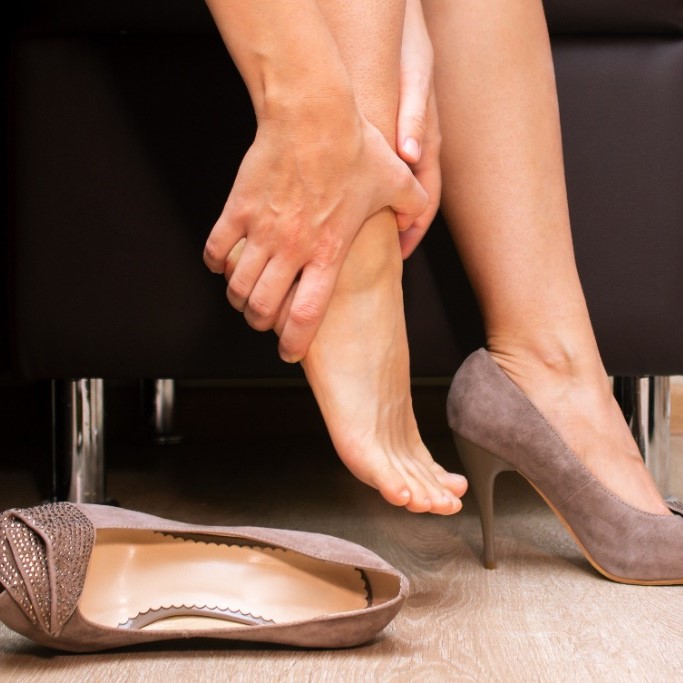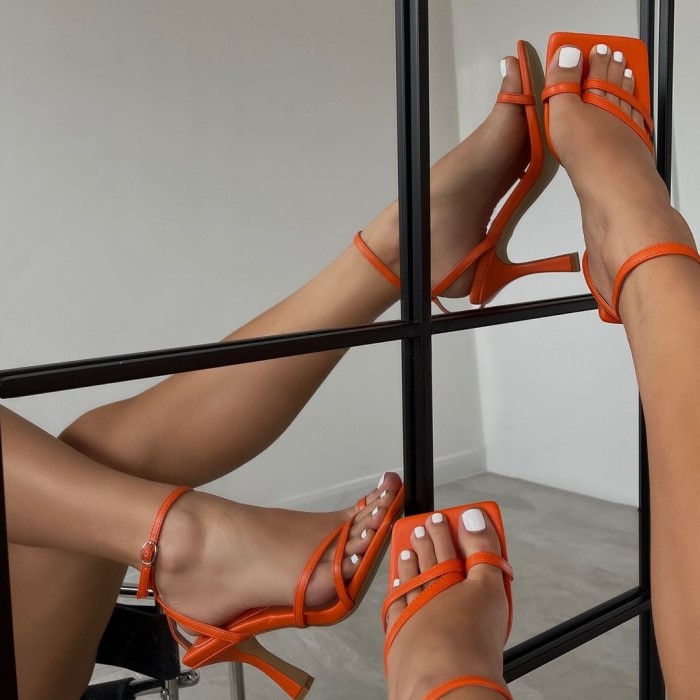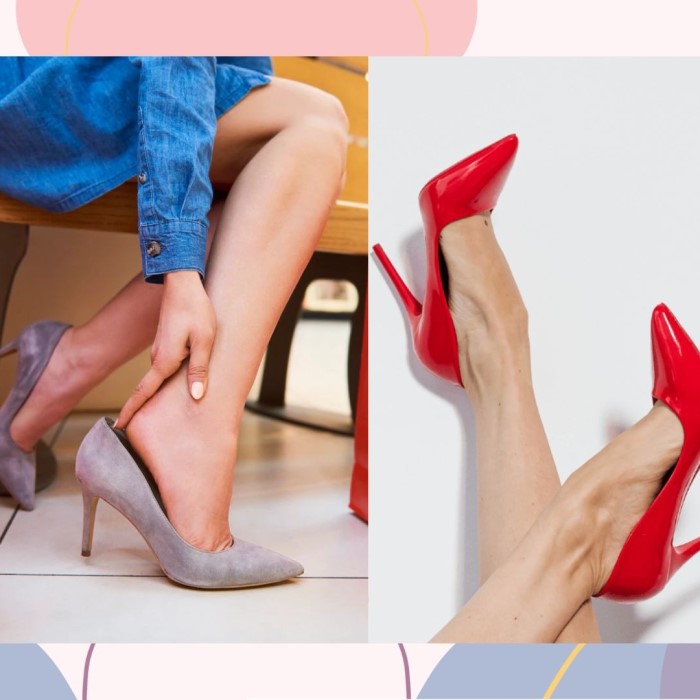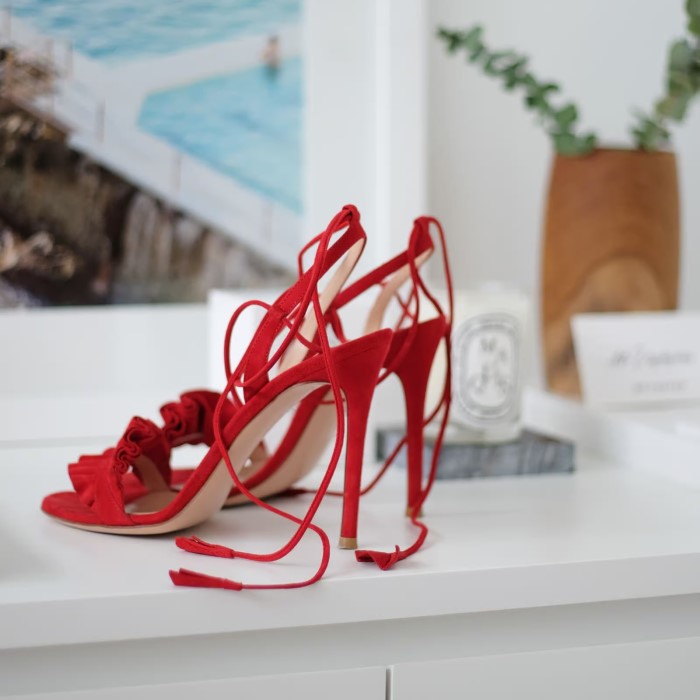Introduction: The Pursuit of Comfort
Wearing heels is a common practice, especially for women who want to enhance their outfits and project confidence. However, the discomfort that often accompanies high heels can be a real deterrent. This article will explore how to make heels more comfortable for all-day wear, ensuring that you look fabulous without sacrificing your comfort. From choosing the right materials to employing clever hacks, we’ll provide you with foundational knowledge to keep your feet happy while strutting in style.
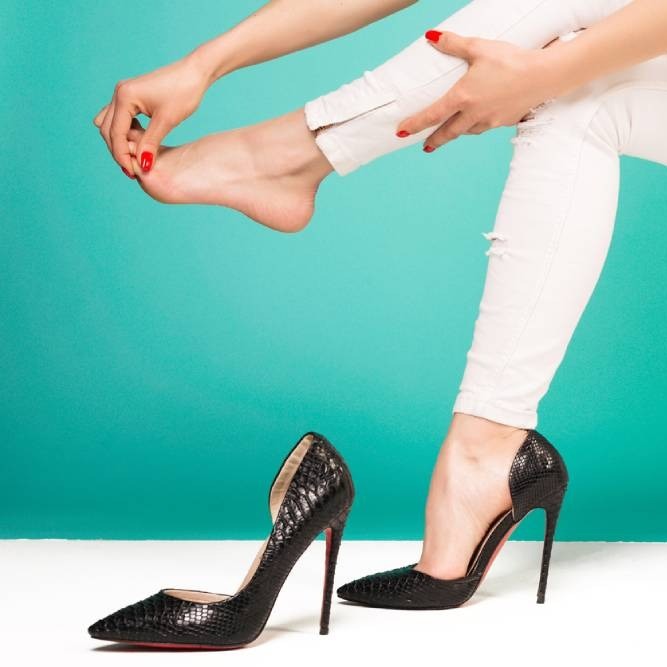
Choosing the Right Heels
How to make heels more comfortable? Wearing heels all day requires picking the right pair. Comfort starts by understanding your feet and finding designs that suit your lifestyle. Prioritizing the right heel height, toe box design, and material ensures fewer issues and maximum wearability.
Selecting the Proper Heel Height
Heel height impacts comfort significantly. Lower heels of two to three inches are gentler on your feet. High heels can strain foot muscles and increase pressure on toes. For prolonged wear, consider block heels for better stability. Avoid excessively thin heels as they lack support.
Opting for Wide-Toe Box Designs
A wide-toe box reduces pressure on toes. Narrow designs often lead to pain and discomfort. Roomy toe boxes give your toes freedom to move naturally. They also help with circulation, reducing the risk of swelling or numbness.
Materials That Provide Comfort
The Benefits of Soft Materials
- Choosing Soft Fabrics: Soft materials, such as leather and suede, play a significant role in ensuring comfort when it comes to footwear. These materials are not only aesthetically pleasing but also highly functional.
- Flexibility: Leather and suede are known for their flexibility. This characteristic allows the shoe to adapt to the contours of your feet, preventing pinching and discomfort. Shoes made from these materials often feel more natural and less restrictive during movement.
- Cushioning Effect: Additionally, soft materials provide a cushioned feel, which helps to absorb impact as you walk. This is especially important in high-heel shoes or those with minimal padding, as it reduces the strain on your feet.
Importance of Breathable Fabrics
- Preventing Overheating: Breathable fabrics like cotton, canvas, or mesh can dramatically enhance comfort during extended periods of wear. These materials allow air circulation, helping to regulate temperature inside the shoe.
- Moisture Management: Breathability also assists in moisture management. As you walk, your feet can sweat, which may cause discomfort or even irritations over time. Shoes made with breathable materials help wick moisture away from the skin, keeping your feet dry and comfortable throughout the day.
- Reducing Irritations: By maintaining a cool and dry environment inside the shoe, breathable fabrics minimize the risk of blistering or other irritations, ensuring you feel better for longer.
Avoiding Stiff or Synthetic Materials
- Negative Effects of Stiff Materials: Stiff or synthetic materials may not offer the same level of comfort as soft counterparts. Shoes made from hard plastics or rigid synthetics can restrict movement, leading to discomfort and fatigue.
- Rubbing and Blisters: Stiff materials can cause significant rubbing against the skin, increasing the likelihood of developing blisters. These painful nuisances can hinder mobility and make wearing the shoes unbearable, especially during long hours.
- Choosing Comfort over Style: While some stiff or trendy synthetic materials might seem appealing from a style perspective, it’s essential to prioritize comfort. Look for options that provide both style and a soft, flexible fit.
The Role of Quality Cushioning
- Arch and Ball Support: Quality cushioning inside the shoes is vital for comfort, particularly for supporting the arch and ball of the foot. Good shoes should have adequate padding to help distribute pressure evenly across your feet, which reduces strain during walking or standing.
- Personalized Comfort: Some shoes come with orthotic insoles or memory foam cushioning, which molds to the shape of your foot over time, providing personalized comfort and support. This feature is especially beneficial for those with foot conditions or specific support needs.
- Enhancing Overall Experience: Investing in shoes with quality cushioning not only enhances comfort but also improves your overall experience. Comfortable shoes allow you to walk confidently and enjoy your activities without the distraction of foot pain or discomfort.
Preparing Your Feet for Comfort
Comfortable heels start with well-prepared feet. Taking care of your feet improves long-term comfort and reduces pain. Simple routines can make a big difference when wearing heels all day.
Using Moisturizers and Foot Balms
Keeping your feet moisturized prevents dryness and cracking. Apply a high-quality foot moisturizer daily. Target areas prone to friction, like heels and toes. Use a thick foot balm before wearing heels to reduce rubbing. Hydrated skin is less likely to blister or feel sore.
Strengthening Foot Muscles with Exercises
Strong foot muscles support balance and reduce strain. Perform toe curls to build strength. Stretch your arches to improve flexibility and circulation. Rolling a tennis ball under your feet relieves tension. Regular exercises keep your feet resilient for long hours in heels.
By following these steps, your feet will be healthier and better prepared. Comfortable heels are achievable with just a little extra care.
Tips for Wearing Heels Long-Term
Long-term comfort in heels depends on smart adjustments and preventive measures. With these tips, you can keep your feet happy and stylish.
Adding Cushioned Insoles or Inserts
Cushioned insoles provide extra comfort by reducing pressure on your feet. Look for gel or foam options tailored for heels. Inserts support the arch and ball of the foot, easing strain. Full-length insoles offer complete foot protection, while half-length ones are suitable for less coverage. Test various designs to find the best fit for your shoe.
Taping Toes for Pressure Relief
Toe taping helps distribute pressure across the foot, especially in high heels. Tape the third and fourth toes together with medical tape. This technique relieves strain on the nerve between those toes. Use gentle tape for comfort and avoid tight wrapping. Taping reduces pain during prolonged wear, keeping you more comfortable.
Breaking in New Heels Gradually
Wearing new heels immediately for long hours can lead to discomfort. Break them in gradually to avoid pain. Start by wearing them at home for short periods. Flex the shoes and bend them gently to soften stiff materials. Use thick socks to stretch tight areas. Gradual breaking in allows your feet to adapt comfortably to the new design.
Styling Tricks to Maximize Comfort
When wearing heels, smart styling can enhance both comfort and appearance. Simple adjustments in footwear and outfit choices can make a big difference. These styling tricks ensure your heels feel better and your outfit remains balanced.
Pairing Shoes with Supportive Accessories
Supportive accessories greatly enhance your comfort when wearing heels. Gel cushions or shoe pads relieve pressure on key areas. Heel grips prevent slipping and reduce back-of-heel friction. Arch inserts provide support to reduce strain on feet. Adjustable straps or ankle wraps offer extra stability for your shoes. Pairing these items with your heels can significantly improve long-term comfort.
Balancing Outfits to Distribute Pressure
Understanding the Impact of Outfits on Foot Pressure
- The Role of Clothing Weight: The type of outfit you wear can significantly influence how pressure is distributed to your feet, especially when wearing high heels. Heavy materials can add unnecessary weight, causing discomfort over time.
- Choosing Lightweight Fabrics: Opting for lightweight clothing is key to reducing the overall weight pressing down on your feet. Fabrics like cotton, chiffon, or modal are excellent choices. These materials allow for better movement and comfort, making it easier to wear heels without feeling fatigued.
Avoiding Overly Tight Clothing
- Impact of Tight Pants and Skirts: Tight clothing can lead to poor posture and may restrict movement. For instance, overly tight pants or skirts can force you to adjust your walking style, which places additional strain on your feet and back.
- Promoting Healthy Posture: Comfortable clothing encourages a natural stance and promotes healthy posture. Ensuring that your clothes fit properly will help you walk gracefully in heels while minimizing any physical discomfort.
Distributing Pressure with Accessories
- Balanced Accessories: The accessories you choose can further influence how pressure is distributed throughout your body. Opting for evenly weighted or proportionate accessories can help achieve a harmonious look that complements your outfit.
- The Medium-Size Handbag Dilemma: A medium-sized handbag is an ideal choice. It provides enough space for your essentials without being too bulky, which can tilt your center of gravity or cause your arm to fatigue.
- Mixing Accessory Sizes: While a medium handbag is a great option, also consider balancing it with other accessories. For example, if your handbag is medium-sized, pairing it with stud earrings or a delicate bracelet can help maintain proportional aesthetics.
Benefits of a Balanced Look
- Elevating Your Style: A well-balanced look enhances your overall style. When an outfit is synchronized in weight and proportion, it creates a visually appealing silhouette that is pleasing to the eye.
- Easier Walking in Heels: When you maintain a balanced outfit, it not only enhances your appearance but also makes walking in heels significantly easier. By distributing pressure evenly across your body, you’re less likely to experience discomfort or instability while on your feet.
Quick Fixes for Heel Pain
Heel pain doesn’t have to ruin your day. Simple fixes can provide quick relief. Addressing pain promptly ensures lasting comfort, even in high heels.
Using Gel Spots for Pressure Points
Gel spots are a game-changer for pressure relief. Place them on areas prone to pain. They cushion vulnerable spots like the ball of the foot or heel. Choose adhesive gel pads to keep them in place while walking. These cushions reduce pressure and prevent irritation effectively. Carry a few in your bag for emergencies on busy days.
Anti-Blister Solutions for Trouble Areas
Blisters often form from constant friction against the skin. Anti-blister products provide instant protection. Use blister bandages or patches on areas prone to rubbing, like the sides of your feet. Apply anti-chafing balms for a smoother barrier between your skin and shoes. These solutions can stop blisters from forming and allow you to stay on your feet longer. Focus on protective measures to avoid pain during long wear periods.
Long-Term Solutions for Foot Health
Taking care of your foot health ensures lasting comfort when wearing heels regularly. Long-term strategies can help prevent pain and discomfort while keeping your feet healthy.
Investing in Custom Orthotic Inserts
Custom orthotic inserts are designed specifically for your unique feet. They provide excellent arch support and reduce pressure on sensitive areas. Orthotics align your feet properly, improving comfort and posture. Consult a specialist for a fitting to ensure the perfect design for your needs. While they may cost more, the benefits include better support and reduced heel pain over time.
Consulting a Podiatrist for Persistent Issues
If discomfort persists despite adjustments, visit a podiatrist for professional advice. Podiatrists identify underlying foot problems like bunions or flat arches that may increase heel pain. They recommend personalized treatments, such as corrective exercises or medical-grade insoles. Regular check-ups keep your feet in optimal condition, enabling longer heel wear without injury. Don’t ignore persistent issues, as they could lead to long-term problems.
Alternative Footwear Options
Finding alternatives to traditional heels can enhance both comfort and style. These options provide better support and reduce discomfort, ensuring your feet stay happy throughout the day.
Choosing Stylish Orthopedic Heels
Orthopedic heels are designed to offer superior comfort without sacrificing style. They feature arch support and cushioned insoles to ease foot strain. Many brands now offer trendy designs, blending function and fashion. Look for pairs with adjustable straps for a secure fit. Opt for heels with a wider base for improved stability and balance. Stylish orthopedic heels help you stay comfortable while complementing your outfit.
Exploring Comfortable Wedges or Block Heels
Wedges and block heels are excellent alternatives to traditional stilettos. They distribute weight across the foot, reducing pressure on any single area. Wedges provide a gradual height increase, offering a seamless walking experience. Block heels are sturdy and support the body better than thin heels. Choose designs made from soft, high-quality materials for added comfort. These versatile options pair easily with casual and formal attire, making them ideal for extended wear.
Conclusion: Comfort is Achievable
Achieving comfort while wearing heels is an understandable desire for many fashion enthusiasts. Focusing on practical solutions is essential. Whether through selecting the right shoes, investing in quality inserts, or prioritizing foot care, there are myriad methods to make heels more comfortable. By applying the strategies discussed, you can enhance your overall experience while flaunting your fabulous footwear. Embracing these tips ensures you can strut confidently, knowing that your comfort and style are in perfect harmony. So, remember these solutions the next time you ask yourself how to make heels more comfortable!
